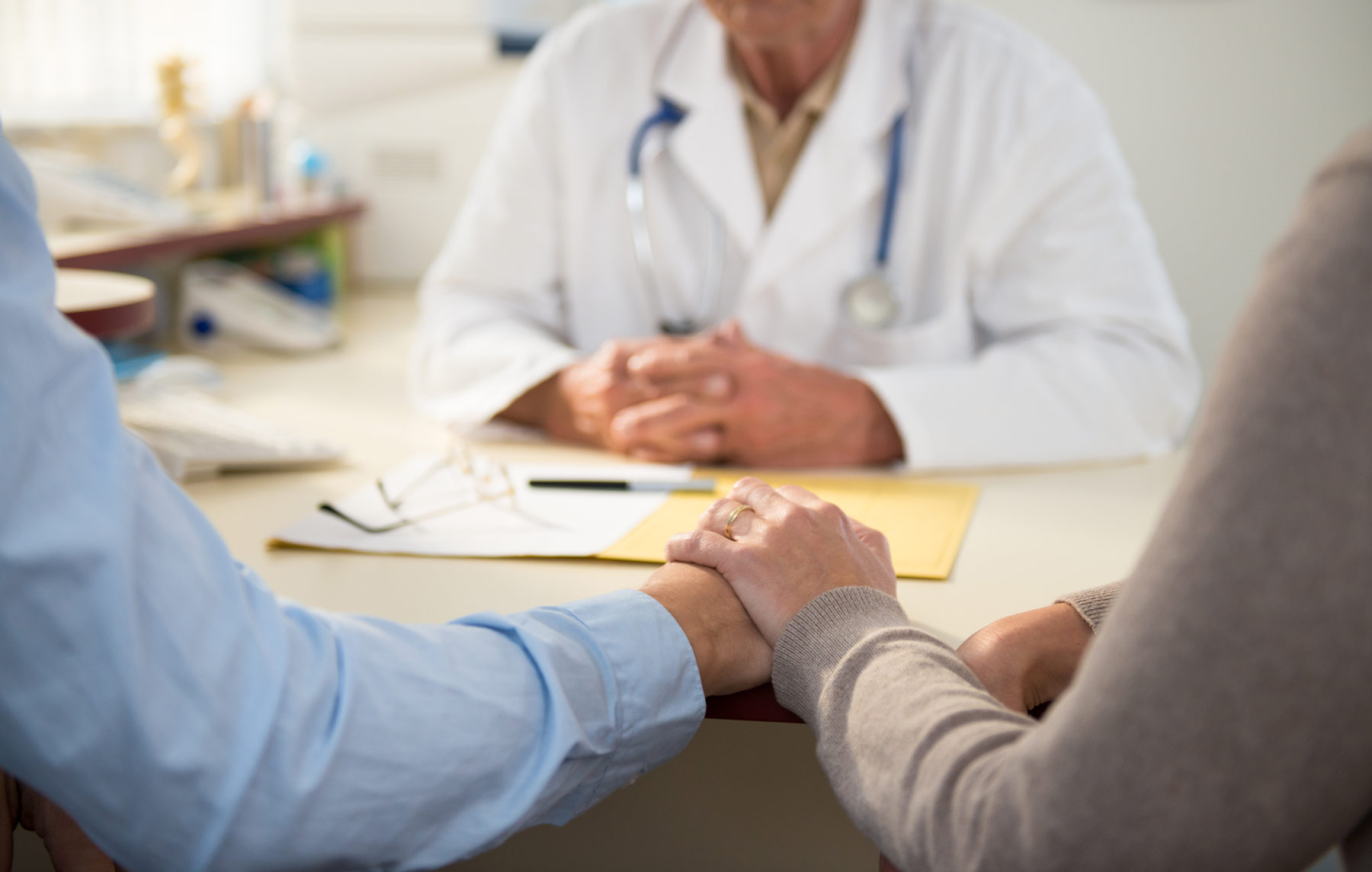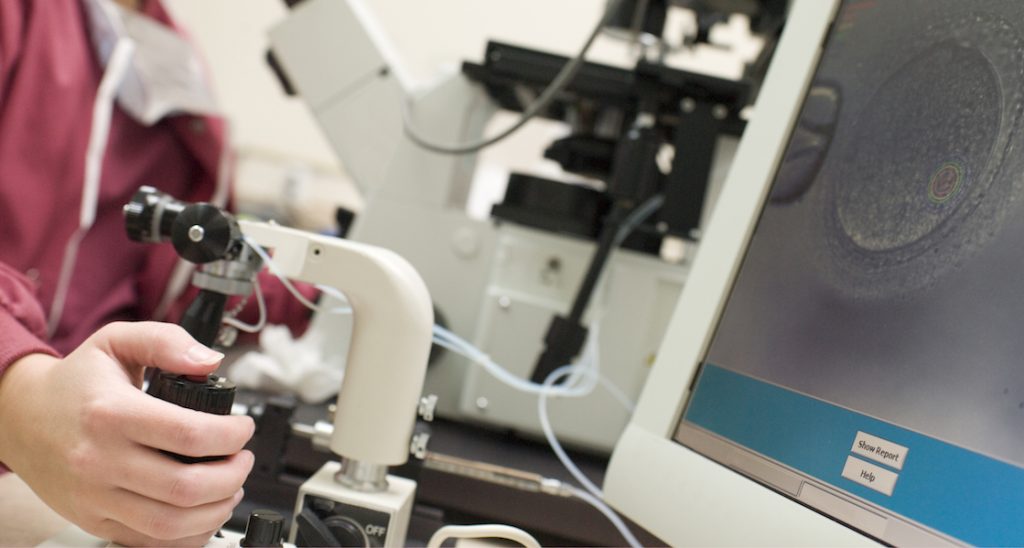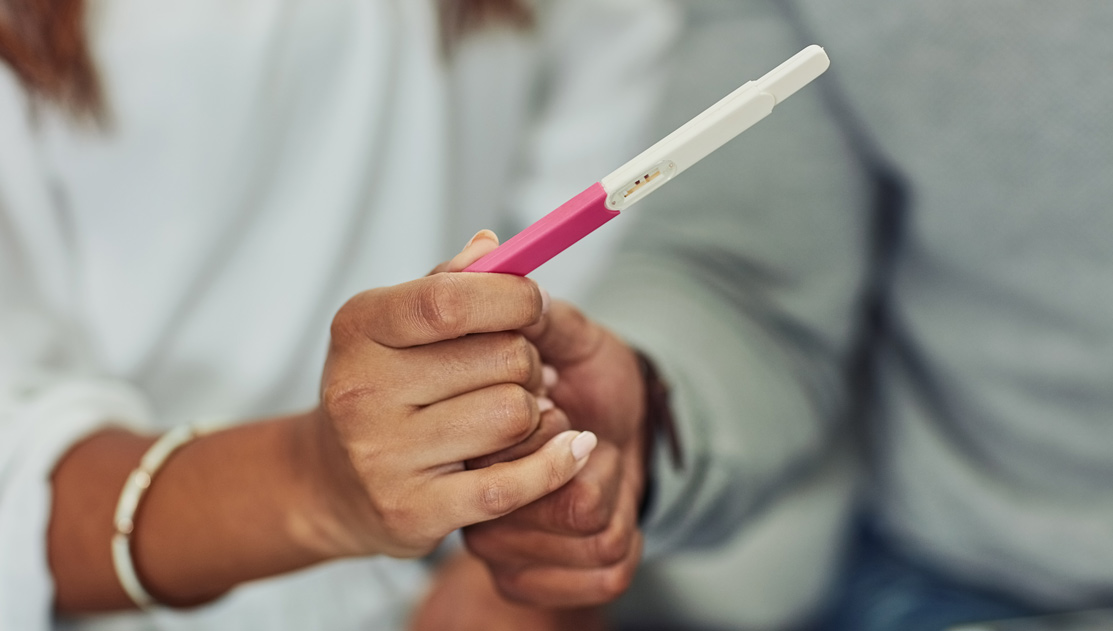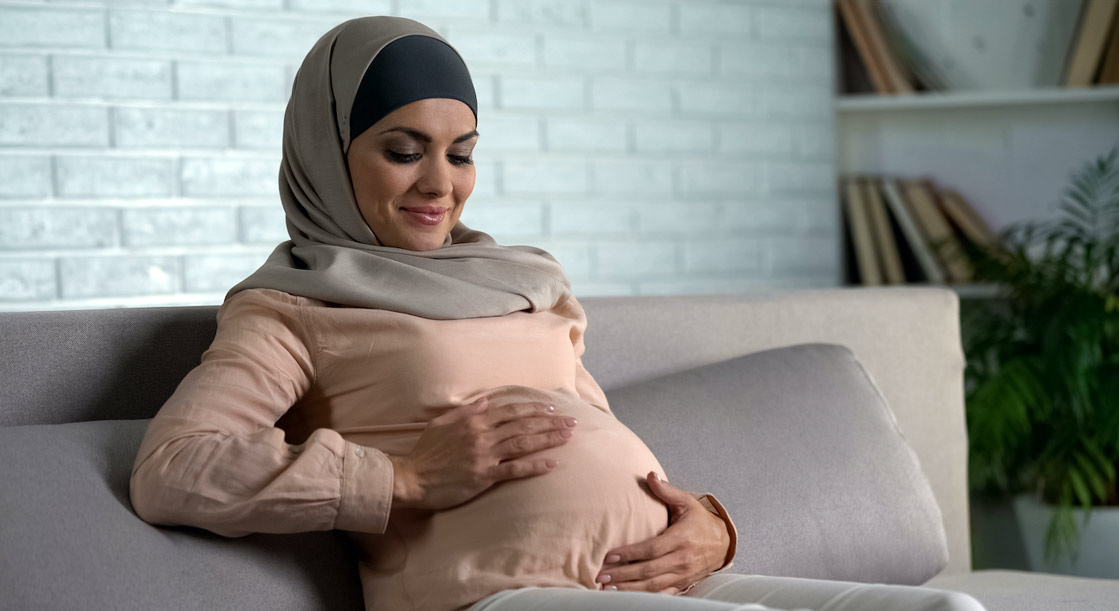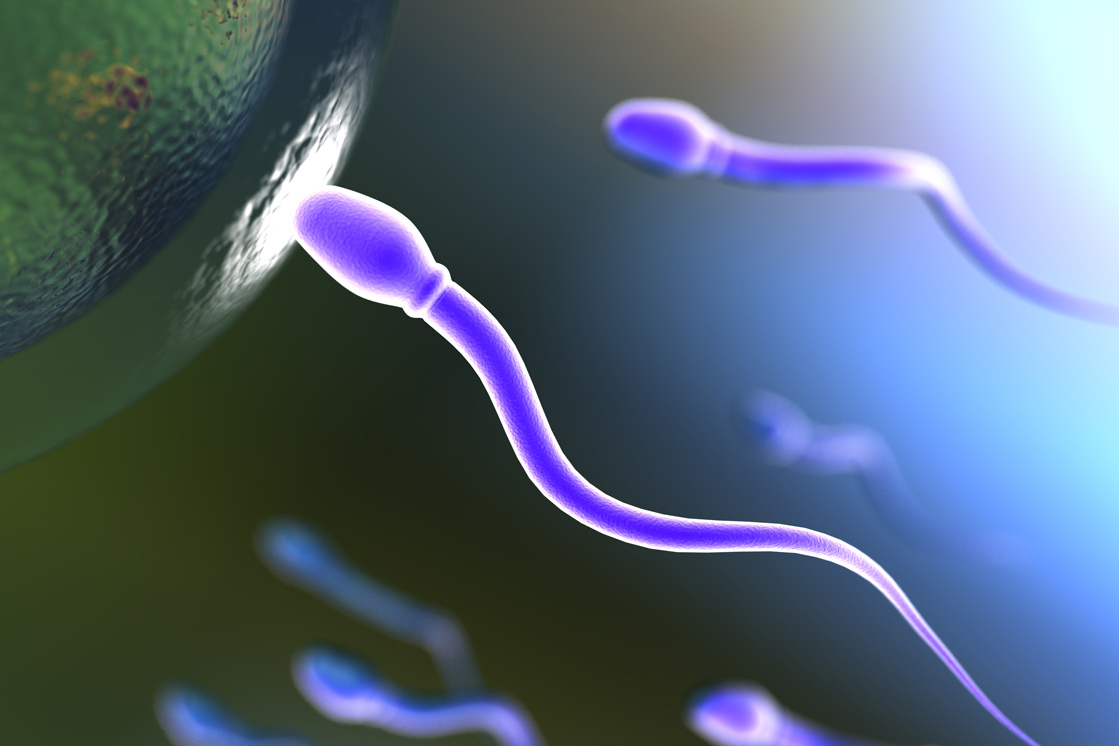It Is Now Legal In The UK To Make Babies Using The DNA Of 3 People – What Does This Mean? Your Questions Answered.
2017 could see the birth of the first British child made with the DNA of 3 people, after the HFEA (Human Fertilisation and Embryology Authority) gave the go ahead. The UK’s fertility regulator said it would accept applications from clinics that want to offer Mitochondrial Replacement Therapy after it met to discuss the science behind the procedure.
So how does this affect the mums and dads of the future? Here we answer some questions regarding this momentous decision.
What is Mitochondrial Replacement Therapy (MRT)?
Researchers developed MRT to help women, who suffer with mutations in the DNA of their mitochondria, give birth to healthy babies.
Mitochondria are tiny structures inside cells that provide energy for the tissues, in much the same way a battery provides energy. Cells have numerous mitochondria that a mother passes on to her baby. Babies with mitochondrial disease often pass away very young because the mutations cause crucial tissues, such as the heart or brain, to fail.
With MRT, the defective mitochondria in a mother’s egg is replaced with that of a healthy donor, to prevent mitochondrial diseases (for example muscular dystrophy) being transferred to the baby.
Can anyone seek 3-person DNA conception?
No. At the moment, 3-person DNA conception is only available to replace unhealthy mitochondria with healthy mitochondria. Only around 1 in every 10,000 babies suffers from mitochondrial disease, so the treatment is very specific.
Will MRT babies have some physical or personality traits of the donor?
No. The intervention is extremely targeted and pinpointed. These babies will have the complete set of 46 chromosomes from their father and mother, which will determine their appearance and other traits. The only difference is that they will have the healthy donor’s mitochondria, amounting to around 0.1% of its DNA.
Will the donor have any legal rights over the child?
No.
Does this signal the go ahead for ‘Genetically Modified’ babies?
No. Some groups have expressed concern about a slippery slope to ‘GM babies’. But this MRT ruling was reached after five years review and consultation on the safety and effectiveness of this very specific treatment.
Are there any risks?
Yes, as with any procedure at all, there are risks. Research has shown that in some cases, tiny amounts of mutated DNA can remain in spite of MRT, serving to render the intervention void.
Who is offering the treatment?
At present, the team from Newcastle University that developed MRT is applying for a license to conduct the procedure. They will have to conduct MRT on a case by case basis and hope to carry out 25 such interventions per year.
How much will it cost?
Since the intervention is still in its infancy, an initial £8 million in funding has been announced by the NHS to cover treatment for the following five years. While a relatively small number of women (2473 of childbearing age in the UK) are at risk of passing on mitochondrial disorders, treatment costs for a patient with serious mitochondrial disease is estimated to be approximately £1.3 million over a lifetime.
What are the symptoms of a mitochondrial disorder?
From seizures to muscle cramps and poor endurance, there are myriad different symptoms that can signal a mitochondrial disease. The symptoms can present later in life, but will usually appear in childhood. Please refer here for more information.
On the other hand, it is possible to be a carrier of a mitochondrial disorder without symptoms, and in these cases, parents can still pass on mitochondrial diseases to their children.
What about parents with other genetic disorders?
MRT only covers the 1 in 10,000 cases where a baby is born with a mitochondrial disorder. There are many other problems that can occur that aren’t covered by this still experimental treatment.
Couples who are worried about other disorders might consider conception using egg or sperm donor.
Here at the Fertility and Gynaecology Academy we also have a range of gold standard techniques to test for genetic abnormalities, before embryo transferral to the womb in IVF treatment. To give yourself the best chance of a healthy conception, contact us or call for a consultation on 020 7224 1880.
Here are further clinical comments on the procedure and its history by our renowned fertility expert, Dr Amin Gorgy (MBChB, MSc, FRCOG).
Mitochondrial diseases are passed to the children through uniparental inheritance only from the mother. This happens by just mere dilution as the egg contains about 200,000 mtDNA molecules while the sperm only 5. The sperm mitochondria are mainly in the base of the tail that might not get into the egg. In addition, the egg has the ability to inhibit or destroy the sperm mitochondria.
Inheritance of mitochondrial disease can be avoided by using healthy donated eggs. However, whilst this guarantees the disease is not transmitted, it also means that the child will not be genetically related to the mother. Pre-implantation genetic diagnoses techniques can be used but they can only reduce but not eliminate the risk and not applicable to all the cases. However, even if not affected themselves, girls carry the risk of having affected children as some abnormal mitochondria might be present in their eggs.
The techniques of Mitochondria Replacement Therapy (MRT) includes Maternal Spindle Transfer (MST) and Pronuclear Transfer (PNT). In MST micromanipulation technique is used to transfer the nuclear genetic material (the spindle and the attached chromosomes) from her egg into a healthy donated egg after removing the latter’s nucleus. The reconstructed egg is then fertilised with the father’s sperm. In PNT similar micromanipulation technique is used to transfer the parents’ nuclear genetic material from a fertilised egg into a healthy donated fertilised egg after removing the genetic material of the latter. In either method the child would inherit nuclear genetic material from both parents, while the mitochondria would be derived from the egg donor. Initially MST appeared to be less efficient that PNT but this was due to visual problems that have been solved by using polarised light microscopy techniques.
The first baby following nuclear transfer into the cytoplasm of donor eggs was a boy born to Jordanian couple in Mexico on 6 April 2016.
A similar technique, cytoplasmic transfer, where ooplasm containing mitochondria from a young donor egg is injected into an egg of an older patient with compromised mitochondria, was attempted clinically almost two decades ago to improve the development of the embryos from poor quality eggs. The first baby was born in 1997 following this technique at Saint Barnabas Medical Centre in New Jersey as reported by Jack Cohen and colleagues. About 30–50 children around the world are reported to have been born using cytoplasmic transfer technique. There was a concern about increased chromosomal abnormalities but this could have probably been due to the age of the mother and poor egg quality. The FDA felt that there were risks at the time of inadvertent transfer of chromosomes and enhanced survival of abnormal embryos.
The FDA informed clinics that they considered the cytoplasmic transfer technique as a new treatment, and, as such, it would require an Investigational New Drug application. Cohen’s clinic started the application but the clinic then went private, funding for the application dried up, the application was abandoned, the research team disbanded, and the cytoplasmic transfer procedure fell out of favour. In 2016, 12 (out of the 13) parents of children born using cytoplasmic transfer at the Saint Barnabas Centre participated in a limited follow-up inquiry via online questionnaire. Children whose ages then were 13-18 reported no major problems. This option could be possibly revisited to improve the chances of older women to have a chance to have their own genetic babies.
Further Reading
Review of scientific methods to avoid mitochondrial disease from the HFEA


